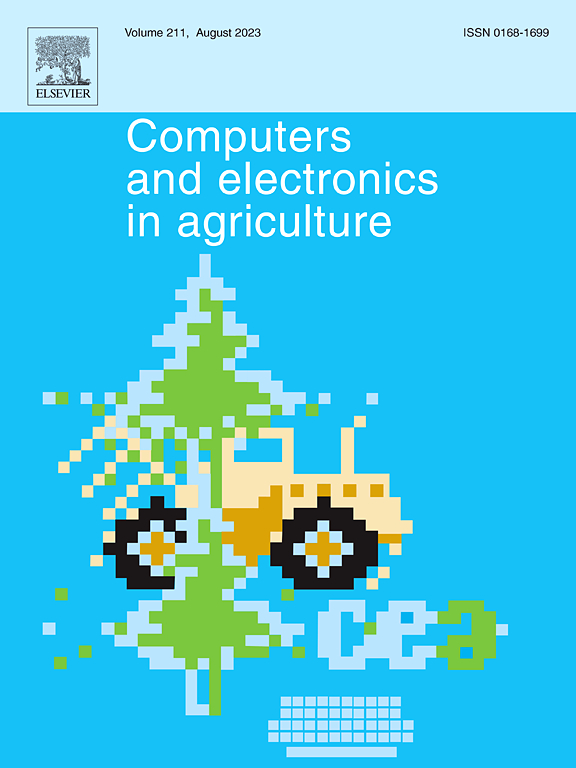RootEx: An automated method for barley root system extraction and evaluation
IF 7.7
1区 农林科学
Q1 AGRICULTURE, MULTIDISCIPLINARY
引用次数: 0
Abstract
Plant phenotyping plays a crucial role in agricultural research, especially in identifying resilient traits essential for global food security. Quantitative analysis of root growth has become increasingly vital in evaluating a plant’s resilience to abiotic stresses and its efficiency in nutrient and water absorption. However, extracting features from root images presents substantial challenges due to the complexity of root structures, variations in size, background noise, occlusions, clutter, and inconsistent lighting conditions.
In this study, we introduce “RootEx”, a comprehensive automated approach for extracting barley plant root systems from high-resolution images acquired from 2D root phenotyping systems set up in transparent growing mediums. Our method involves several stages, beginning with preprocessing to identify the Region of Interest (ROI). Subsequent stages utilize deep neural network-based segmentation, skeleton construction, and graph generation to produce detailed representations of root systems stored in RSML format. Notably, our dataset exclusively comprises primary roots without secondary roots or bifurcations, allowing for a focused examination of primary root characteristics and environmental adaptability.
Evaluation against established methods, RootNav 1.8 and 2.0, reveals significant improvements in root system reconstruction accuracy across various performance indicators. Although RootEx may exhibit slightly lower performance due to the absence of neural network-based tip detection, its advantages include minimal losses in missing root lengths and independence from dedicated training datasets. Our approach effectively mitigates detection errors, providing a reliable tool for precise barley root analysis in agricultural research.

求助全文
约1分钟内获得全文
求助全文
来源期刊

Computers and Electronics in Agriculture
工程技术-计算机:跨学科应用
CiteScore
15.30
自引率
14.50%
发文量
800
审稿时长
62 days
期刊介绍:
Computers and Electronics in Agriculture provides international coverage of advancements in computer hardware, software, electronic instrumentation, and control systems applied to agricultural challenges. Encompassing agronomy, horticulture, forestry, aquaculture, and animal farming, the journal publishes original papers, reviews, and applications notes. It explores the use of computers and electronics in plant or animal agricultural production, covering topics like agricultural soils, water, pests, controlled environments, and waste. The scope extends to on-farm post-harvest operations and relevant technologies, including artificial intelligence, sensors, machine vision, robotics, networking, and simulation modeling. Its companion journal, Smart Agricultural Technology, continues the focus on smart applications in production agriculture.
 求助内容:
求助内容: 应助结果提醒方式:
应助结果提醒方式:


